Tecnifibre is a French brand which, in its beginnings, focused on squash (2001) and, after having proven itself, was able to launch 3 years later on the much more prestigious market represented by tennis.
Currently, the brand that was acquired in 2017 by Lacoste tries to impose itself in the padel thanks to the signing at the beginning of 2022 of the current French number 1 Benjamin Tison. It is also specialized in strings (the famous TGV in tennis and 305 in squash) and stringing machines (ERGO), as well as, to a lesser extent, balls, grips and textile equipment, which makes it a company that is 360° involved in the world of racket sports.
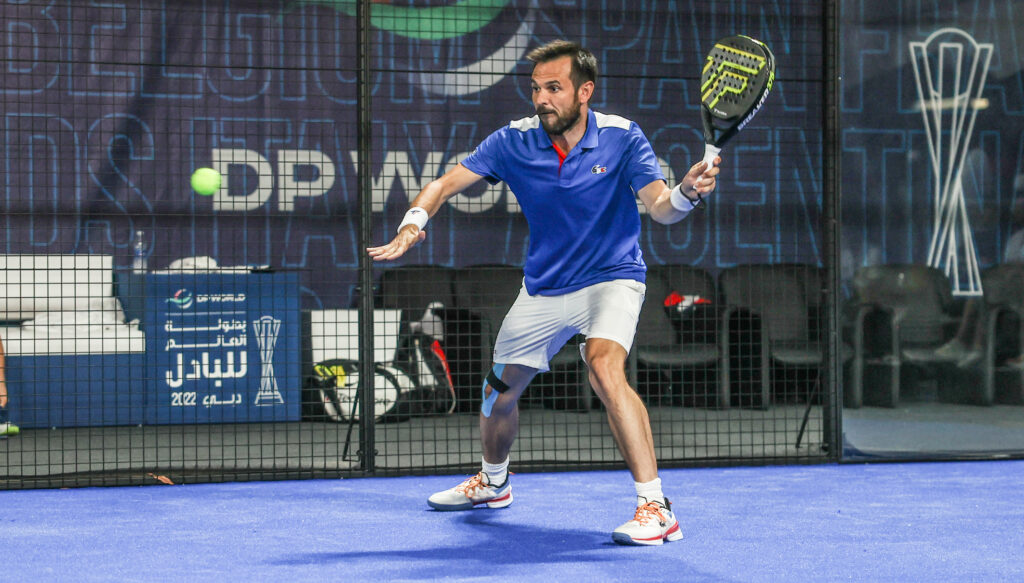
After having made an overview to present the company, let us now dwell on what everyone is looking forward to, namely the technical characteristics of the palas.
In the padel, Tecnifibre is not the custodian of outlandish patents, external certifications and other exclusive licenses. The factory knows how to manufacture racquets from A to Z and does not need to inflate the history of the technologies used in order to dismiss the “more is better”.
Here is the speech advocated by the brand: “We are not in the mass market and we are only interested in the real needs of players. That's why we think of “useful technology” through racquets. do not forget that high competition has standards that do not suit 99% of players”.
For his snowshoes padel, the firm has therefore bet on a teardrop shape in order to satisfy the maximum number of players.
Here are the technologies used:
- Carbon Shield : Carbon fiber frame and headstock combined with special TEI braided fibers allowing maximum shock absorption during ball impact to bring you tenfold power. In addition, the tubular section is reinforced with graphite for better impact resistance and excellent life.
– Rubber core 20° Solid for the 355 and 360, 16° Middle on the 365 and 375.
– X-TOP : Improved racquet head construction for increased durability and impact resistance thanks to a mix of the most resistant aramid fibers on the market, covered with a PTFE treatment to limit abrasion as much as possible.
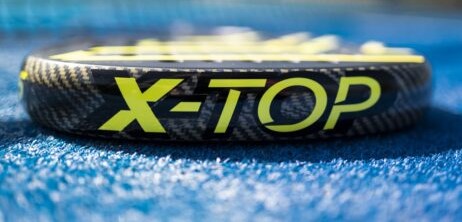
- Progressive Holes Diameter : drilling pattern based on 3 hole sizes to increase the sweetspot. You will therefore have more precision on center hits, and (normally) more forgiveness on off-center hits.
–D-Bridge : 2-arm bridge for more stability and rigidity. The heart of the racquet does not twist on impact, and the return of power will be even more faithful.
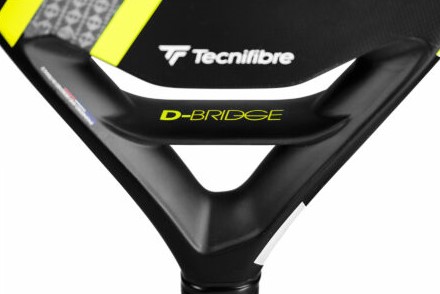
– Spin Skin 3D : The sieve is covered with a “carved in the mass” relief for maximum spin.
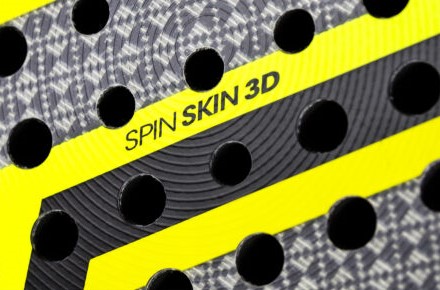
As you can see, the cosmetic remains sober and contemporary, black predominates and yellow is interspersed on the faces, and only the 375 benefits from the TF logo filled with a psychedelic gray of the most beautiful effect. The strap that equips all models is of the simplest kind, and the length of the handle remains average.
So I had the 4 models available, split into 2 series (beginner / intermediate players (355gr and 360gr) & advanced / expert (365gr and 375gr).
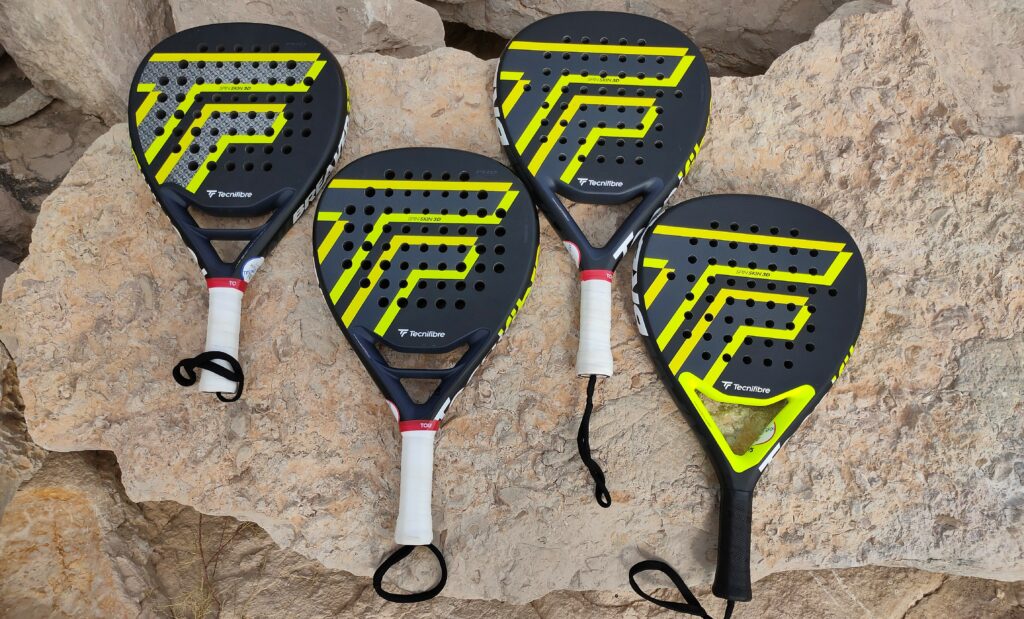
Wall Breaker 375
Let's start with the Wall Breaker 375, racquet chosen by Benjamin Tison.
It is a pala that has the weight distributed in mind, demanding and intractable. The slightest off-center blow will be immediately punished, which is why it is recommended for players of an excellent level.
I was quite disconcerted by the noise on impact, well, if I can call it noise, because there is hardly any!
The mid rubber, the D-Bridge and the XTC braided carbon form a divine trio that gives this pala a harshness that I have rarely experienced elsewhere. Not to lie to you, I even think it's one of the stiffest models I've tried since I started!
In game, it's dry, sharp, and, we can say, super effective for those who know how to tame it. On the fly it's simply exceptional, with daunting precision, you drop the ball where you want with disconcerting ease.
It gets more complicated in the defensive phases, because the pala is quite heavy, and the faces being hard, you will have to forget to play with the wrist and focus on the forearm/shoulder combo and provide an extra effort to make the ball rebound properly.
Regarding the smashes, I was slightly confused. The latter should have been the stock in trade of this pala, but honestly, I was surprised that I did not manage to send the expected bags as I have become accustomed to after several years of padel intensive and a game turned towards the ultra offensive.
I have the impression that it is absolutely necessary to touch this damned “punto dulce”, rather restricted for too large a majority of players, in order to hope for a high return.
Benjamin Tison is not willing, and I am well aware that with this kind of model, I am limited by my level and, by extension, I cannot express myself properly because the slightest misstep is immediately sanctioned. It is therefore a finicky pala and it will take “an arm” to tame it correctly.
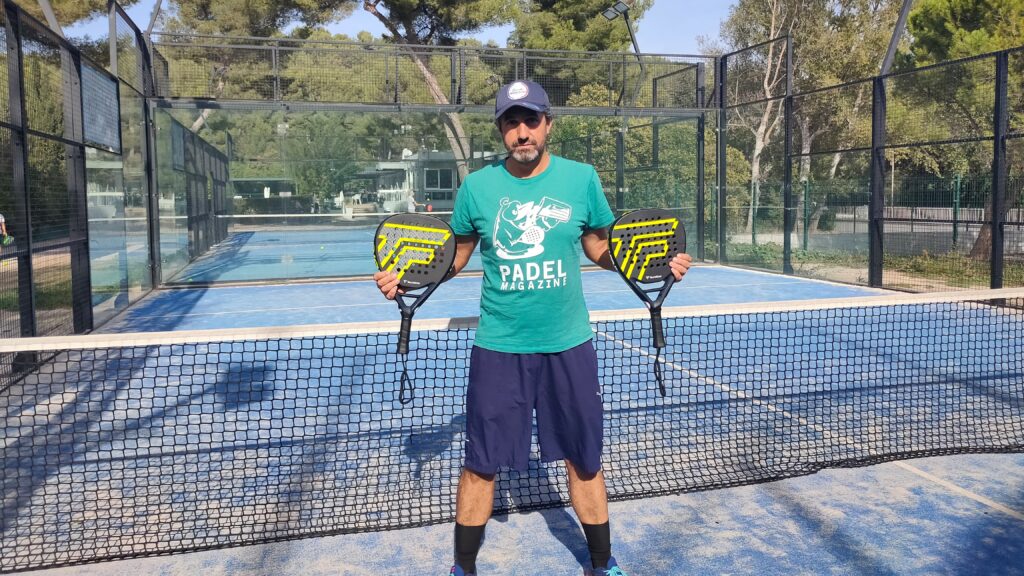
Wall Breaker 365
I liked the little sister more Wall Breaker 365, with identical technology, except for one detail, and not the least, it is equipped on the faces, of High Modulus Carbon (High Modulus), which gives it an even more striking rigidity.
There are different qualities of carbon fibers:
– High Strength / Standard Modulus (HS), the most common grade
– Intermediate module (IM)
– High modulus (HM)
– Ultra high modulus (UHM)
HM (High Modulus). "Top-of-the-range" fibers with optimal rigidity, about twice that of standard modules. HM fibers add a lot of stiffness with less weight to optimize power transmission.
Here's what the brand says: The fibers that Tecnifibre uses represent the highest grade. They are superior to conventional fibers while being lighter, thanks to their superior tensile and compressive strength.
Carbon fiber is rated for its torsional strength. The higher the modulus, the stiffer it is. In the field of sport, the High Modulus is the highest grade that can be found (Formula 1, cycling, sailing and today padel).
There is a higher grade (UHM – Ultra High Modulus), which is reserved for the space and military industry).
But back to our Wall Breaker 365.
It's crazy how much difference 10 grams can make! We feel more secure, there is much less apprehension in the strikes, and since the racquet is more manageable, we are even more precise in our shots.
It's a celestial and complete model that will delight the widest spectrum of players, those looking for maneuverability coupled with responsiveness without losing power. Paradoxically, compared to the 375, I felt more accomplished in the smashes, and I was able to find the feeling and the power that I was lacking.
It's still extremely stiff and slightly less stable than the 375 when dealing with enemy missiles.
It is also more maneuverable in defense, and will allow more shots that will require playing with the wrist (hello squash friends). More easily tamed and more captivating than the pala chosen by our French number 1, it is, by a large head, my favorite of the Wall Breaker series.
Wall Breaker 355 and 360
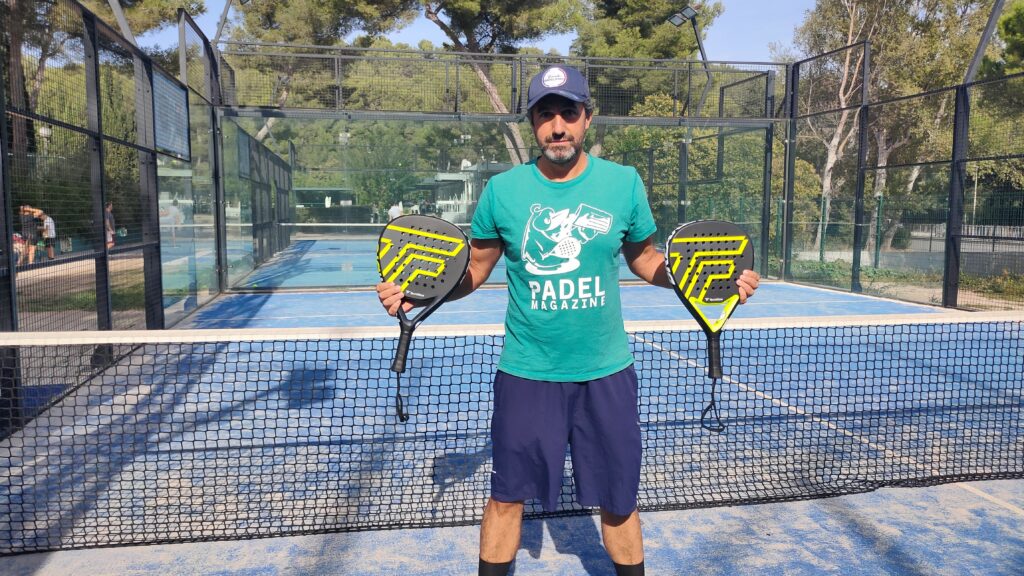
The 355 et 360 are 2 ultra-accessible, light and recreational models, which will allow those who are in the discovery phase, as well as the most skilled, to play with extremely homogeneous palas in terms of maneuverability.
They do not benefit from the technologies put forward on the higher range, namely Spin Skin 3D, D-Bridge, Progressive Holes, Carbon HM or XTC and X-Top, which allows playing in relaxed conditions with references "which do the job”.
The frame is made of graphite in order to offer more lightness, flexibility and pleasure. The faces are also made of graphite, a material that is lighter than carbon fiber, which will provide more controllable power, better hitting comfort, and additional ball output in your shots.
The tires 20° Solid and the head weight is a bold choice for racquets whose core target is players who like benevolent palas, namely juniors, the majority of women, and those with elbow problems, but no doubt they will find their audience with a niche of diehards.
Note that paradoxically, the 360 has the highest balance of the entire range (275mm).
Conclusion

After more than a month going through these 4 models, the conclusion is unanimous; the rigidity at impact is extremely considerable, which results in very reactive and precise palas, but also meticulous and intractable (365 & 375).
The Research & Development department at Tecnifibre has been able to harmonize the different technologies used.
A medium compound and 2 families of extremely rigid carbon for the 365 and 375, with a balance of 270mm. And a hard rubber in the core and graphite on the faces (355/360) in order to have optimal cohesion (the 355 having the lowest balance at 265mm).
The Wall Breaker 355 and 360 are pleasant models that will be appreciated by beginners to intermediate players in development, looking for a reference that is manageable and light enough to finish points with simplicity, but who nevertheless wish to play with an eraser. compact and high balance for this product line.
The references 365 and 375 are palas that will be selected by confirmed to professional players with an offensive game and who are looking for a powerful model to finish points with authority.
These palas are among the most stable on the market, in volley/volley they don't flinch, and are also in the top three of the most reactive racquets that I have been able to test this year. Rigidity aficionados as well as high-flying competitors will enjoy these two products which are already benchmarks in terms of punch and accuracy.
A huge thank you to Patrice Chabrel (product manager) who replied from Taiwan to the twenty emails sent, his technical details were very useful to me!
And thank you also to my faithful partner French Padel Shop (Ju & Manu), without whom nothing would be possible!
Fan of padel, Stéphane has become the official tester of the planet padel in Europe. Everything goes through his expert hands. Thanks to his extensive experience in the snowshoeing world, he is able to scan your gear from head to toe!




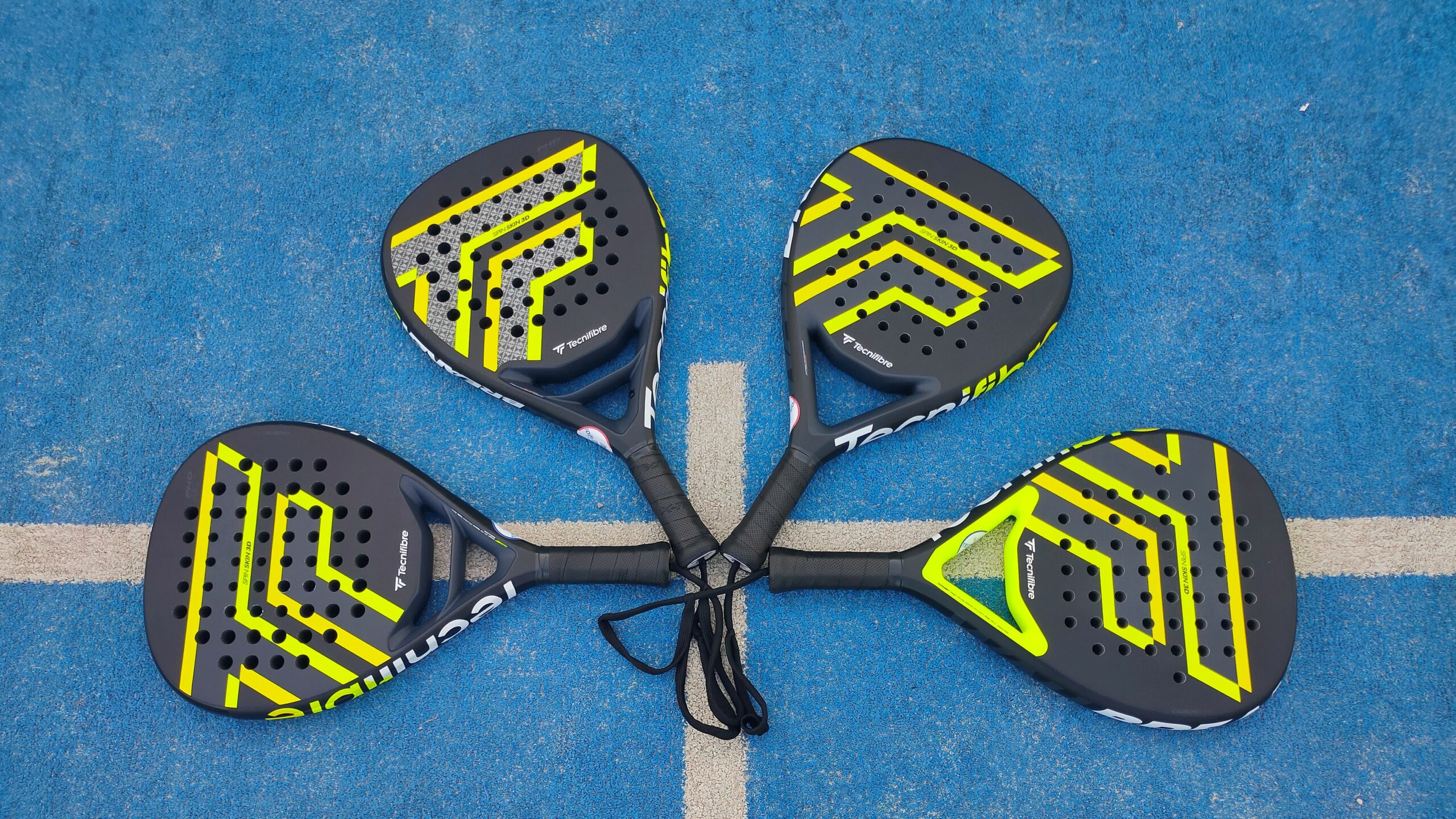











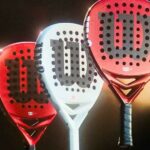
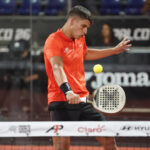
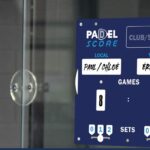
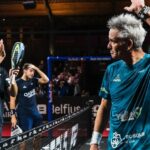

















































































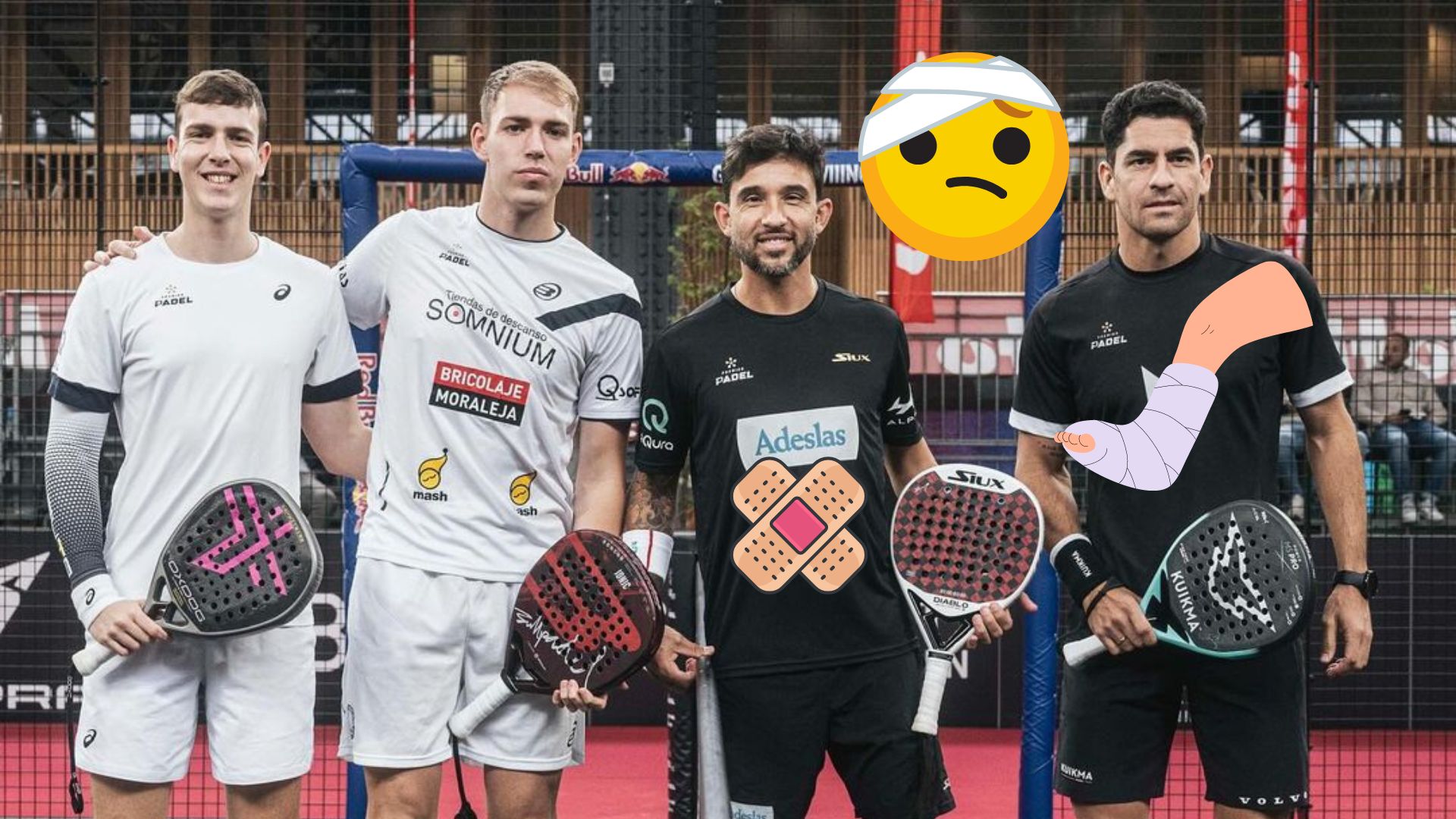 Unusual – Sanyo Gutierrez and Maxi Sanchez suffered in Brussels
Unusual – Sanyo Gutierrez and Maxi Sanchez suffered in Brussels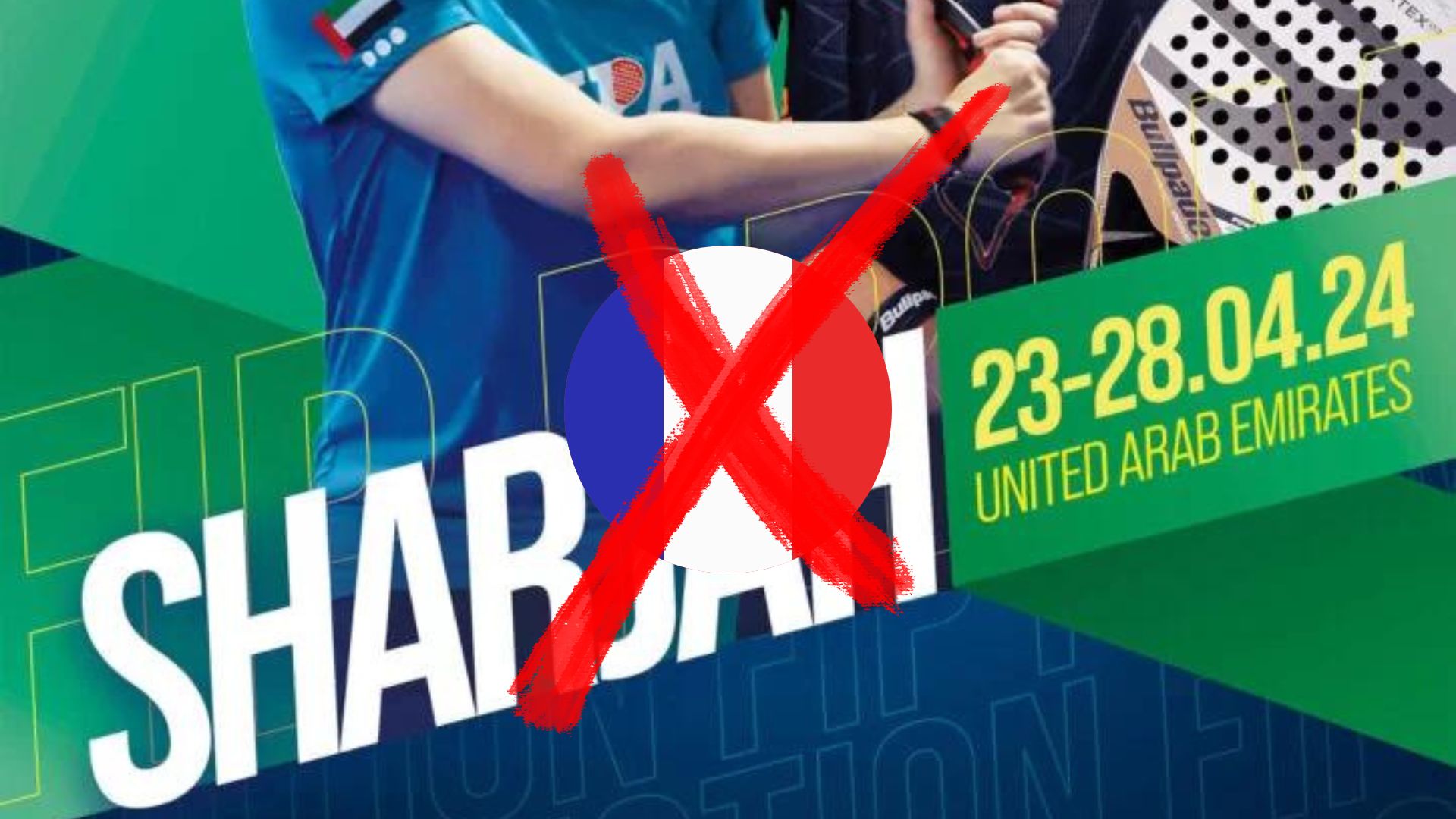 FIP Promotion Sharjah – More French people in the United Arab Emirates
FIP Promotion Sharjah – More French people in the United Arab Emirates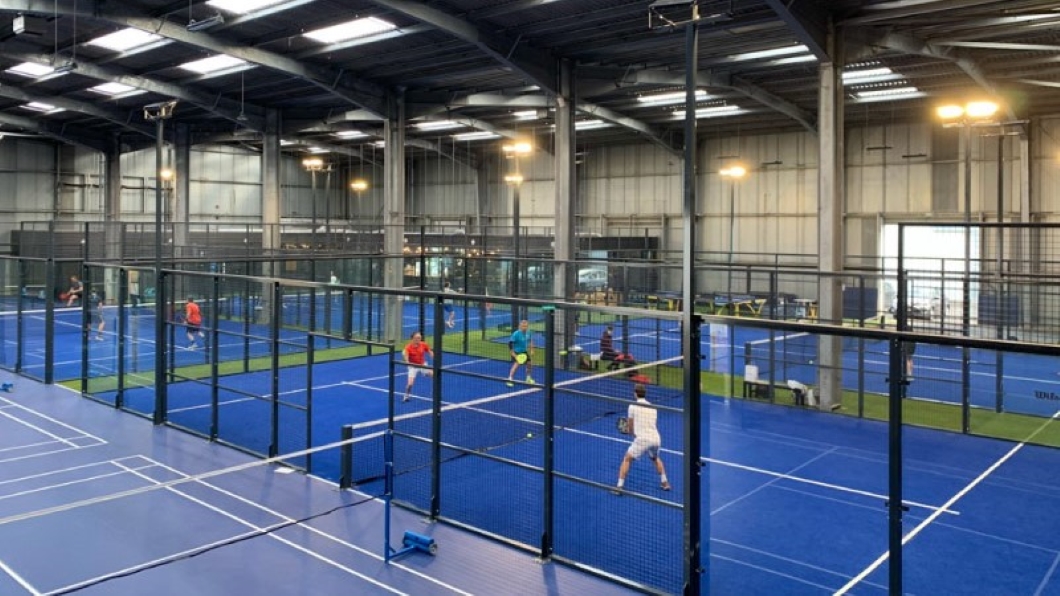 P1000 PadelShot Saint-Étienne – Follow the surprise poster Vincent/Hugounenq – Couturier/Benmergui live
P1000 PadelShot Saint-Étienne – Follow the surprise poster Vincent/Hugounenq – Couturier/Benmergui live Guillaume Codron de Sud Padel : “A family project”
Guillaume Codron de Sud Padel : “A family project” Nallé Grinda: “Democratize the padel in the USA with PadelX "
Nallé Grinda: “Democratize the padel in the USA with PadelX " Simon Boissé: “We know that there are two nations in front of us”
Simon Boissé: “We know that there are two nations in front of us” Marie Maligo: “This period of frequent changes of partners was beneficial for me”
Marie Maligo: “This period of frequent changes of partners was beneficial for me” The All Star Tour returns on May 16 at the All In in Lyon
The All Star Tour returns on May 16 at the All In in Lyon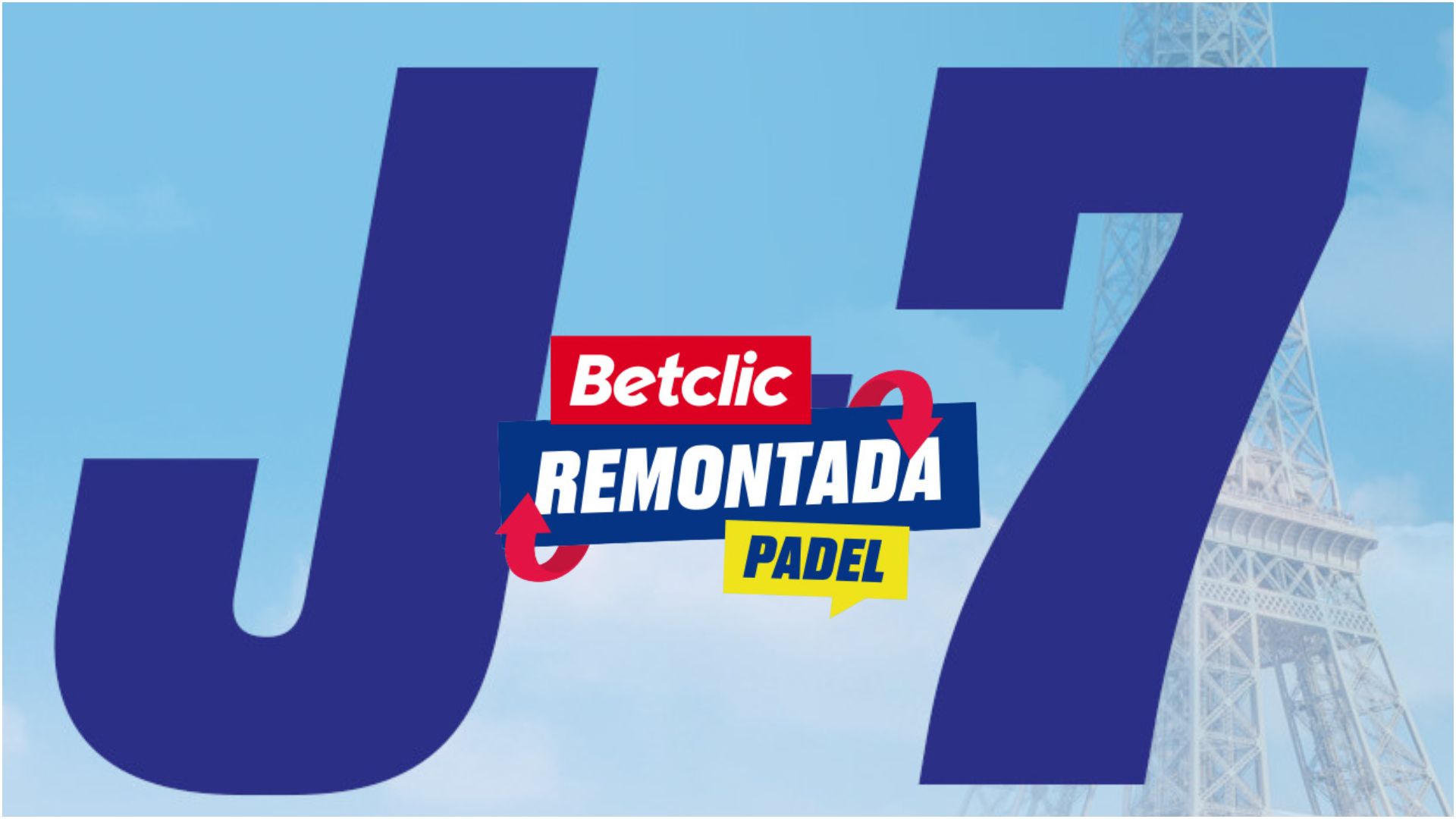 D-7 of the “BetClic Remontada Padel”, at the foot of the Eiffel Tower
D-7 of the “BetClic Remontada Padel”, at the foot of the Eiffel Tower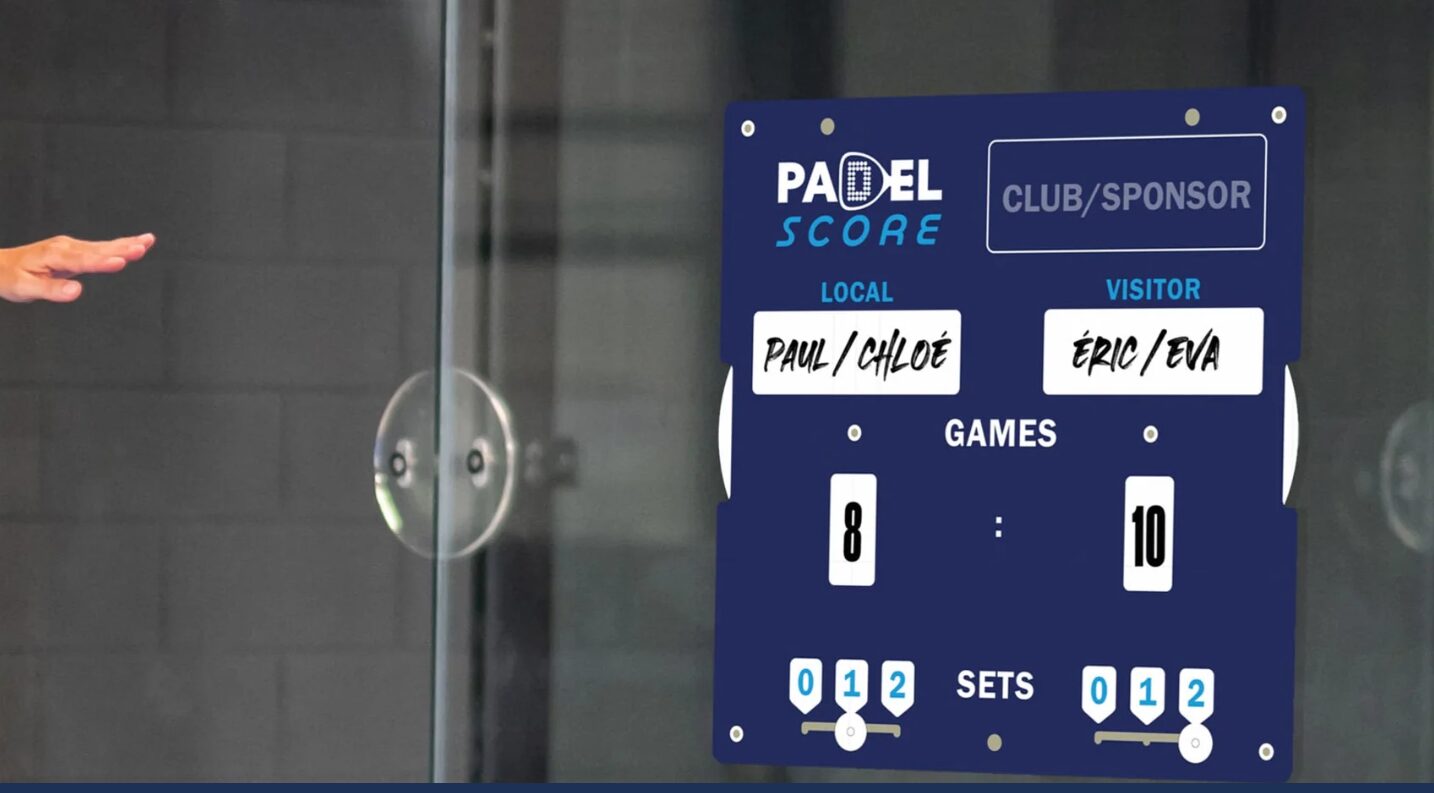 Padel Score: an essential table for keeping score
Padel Score: an essential table for keeping score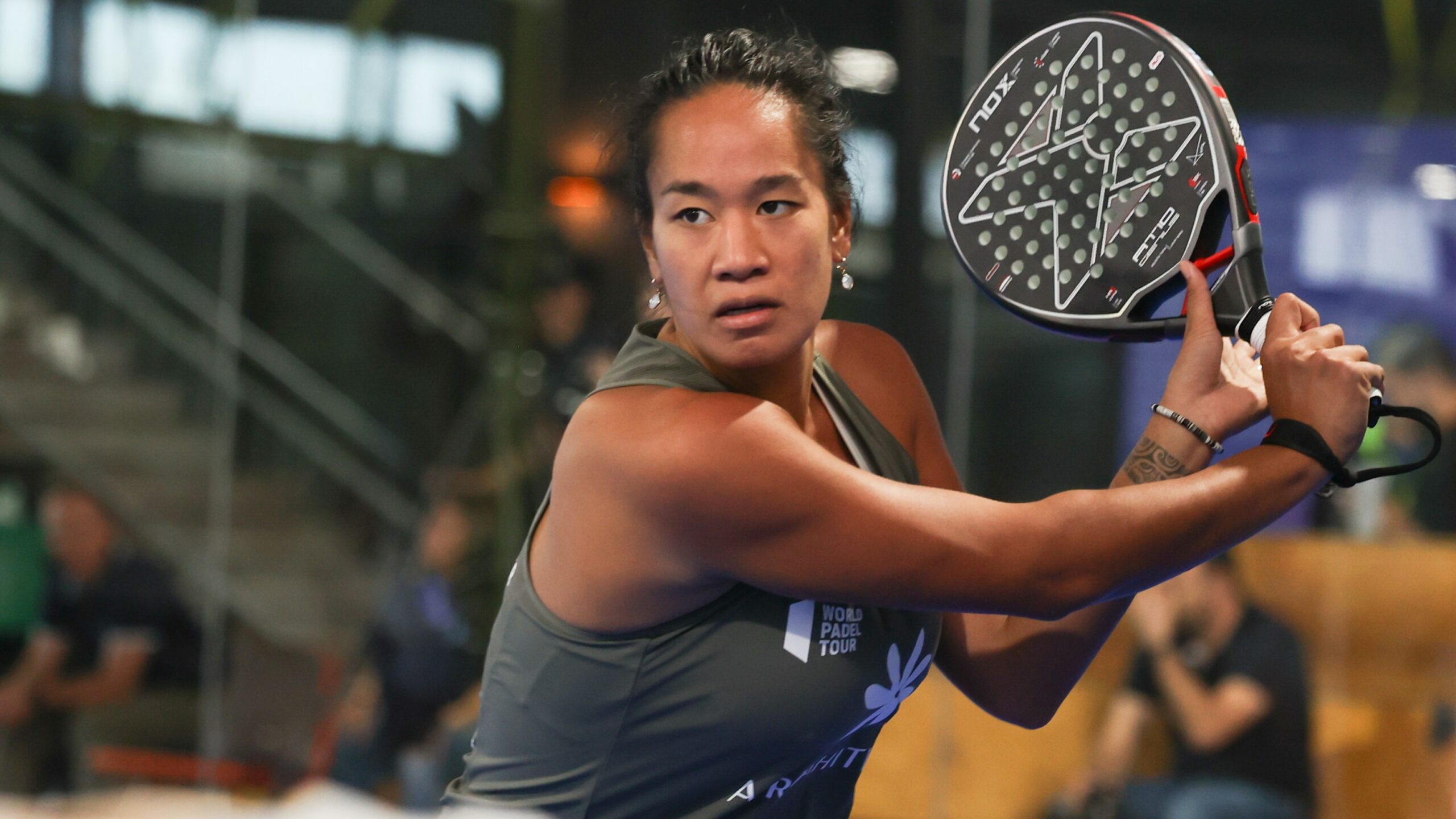 Léa Godallier makes her big return to the slopes this weekend
Léa Godallier makes her big return to the slopes this weekend Premier Padel Brussels P2 – Juan Lebron and Ale Galan together in Belgium?
Premier Padel Brussels P2 – Juan Lebron and Ale Galan together in Belgium?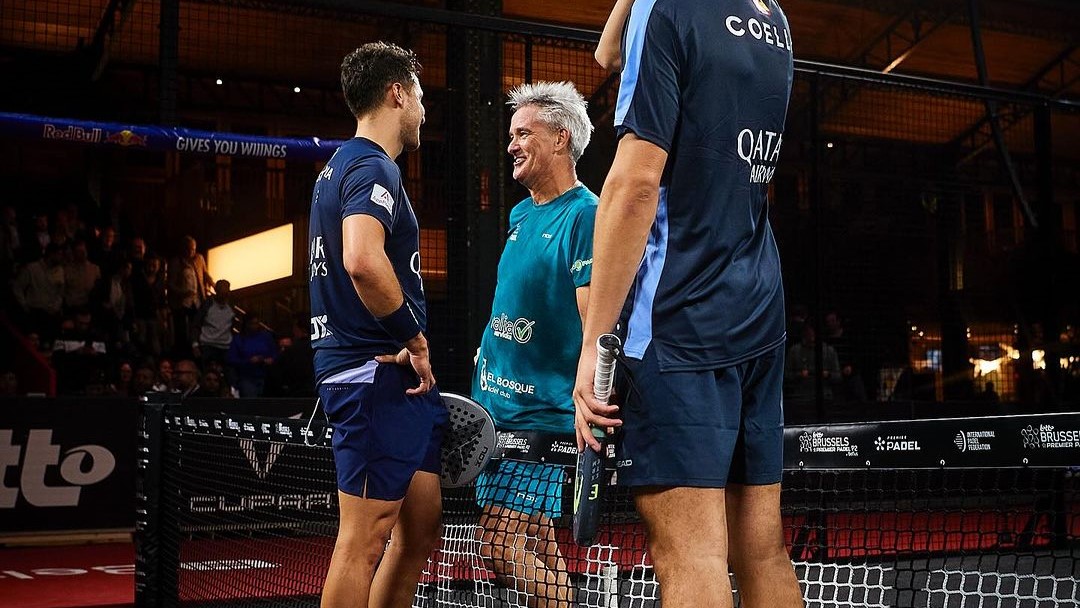 Agustin Tapia salutes the longevity of Miguel Lamperti
Agustin Tapia salutes the longevity of Miguel Lamperti José Manuel Escin at the inauguration of Casa Padel DOS: “Finally, and thank you!”
José Manuel Escin at the inauguration of Casa Padel DOS: “Finally, and thank you!” Padel Score comes to Tahiti for American Express Padel Cup!
Padel Score comes to Tahiti for American Express Padel Cup! Do you know the Rafa Nadal Academy Tour?
Do you know the Rafa Nadal Academy Tour? Play at padel on his yacht? Possible for €233.000!
Play at padel on his yacht? Possible for €233.000!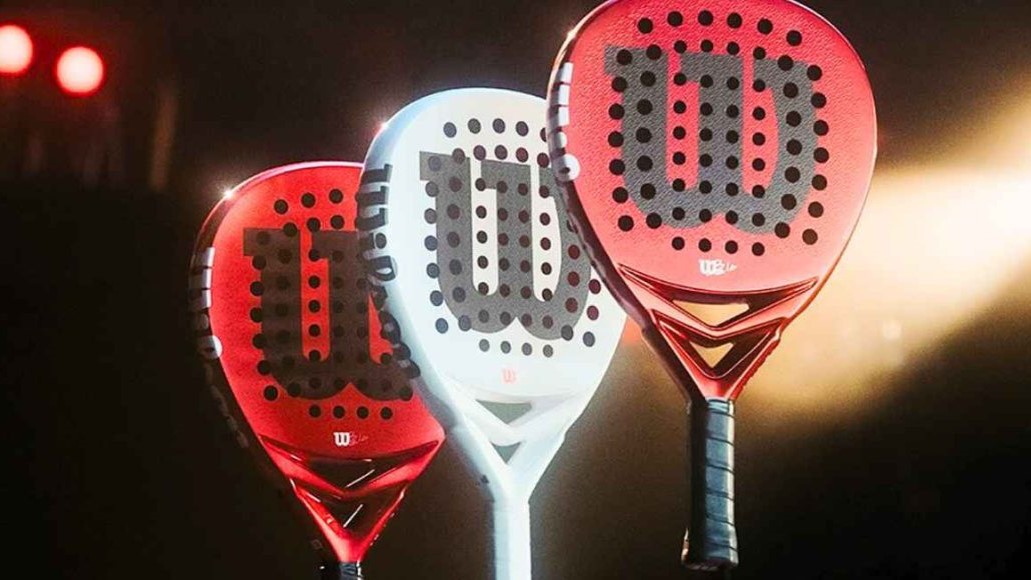 Presentation of the Wilson Bela V2.5 collection
Presentation of the Wilson Bela V2.5 collection The LinkedIn of racquet sports: Racket Trip
The LinkedIn of racquet sports: Racket Trip The score at padel : manual
The score at padel : manual Our Top 10 training courses padel in France and Europe
Our Top 10 training courses padel in France and Europe At the heart of padel – Episode 25: Paul and Andoni answer your questions
At the heart of padel – Episode 25: Paul and Andoni answer your questions At the heart of padel – Episode 23: defend the window well
At the heart of padel – Episode 23: defend the window well Prohibition on playing topless Padel : the reasons
Prohibition on playing topless Padel : the reasons FIP Tour – Going far from Europe, THE strategy to earn points!
FIP Tour – Going far from Europe, THE strategy to earn points! What is a good football player? padel ?
What is a good football player? padel ? “Lefties give me headaches when I play against them!”
“Lefties give me headaches when I play against them!” At the heart of padel – Episode 14: how to earn points in winter?
At the heart of padel – Episode 14: how to earn points in winter? The basic tactics of padel
The basic tactics of padel A par 4 is always a winner...even if you manage to defend it!
A par 4 is always a winner...even if you manage to defend it! Carbon fiber VS fiberglass: what to choose?
Carbon fiber VS fiberglass: what to choose? How to effectively test a racket padel ?
How to effectively test a racket padel ? La padel to fight Parkinson's disease
La padel to fight Parkinson's disease Don't play with a cracked or broken racket, your body will thank you!
Don't play with a cracked or broken racket, your body will thank you! Michel Cymes: “The padel, physically, it’s serious!”
Michel Cymes: “The padel, physically, it’s serious!” Jeremy Gala: “Promote the padel among young people in Belgium remains a challenge”
Jeremy Gala: “Promote the padel among young people in Belgium remains a challenge” The French Touch Academy organizes its selection day Padel-Study
The French Touch Academy organizes its selection day Padel-Study Report on the detection and training of younger generations
Report on the detection and training of younger generations